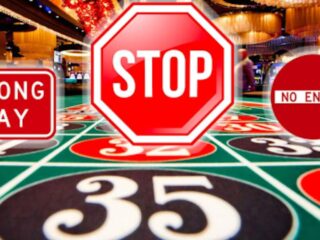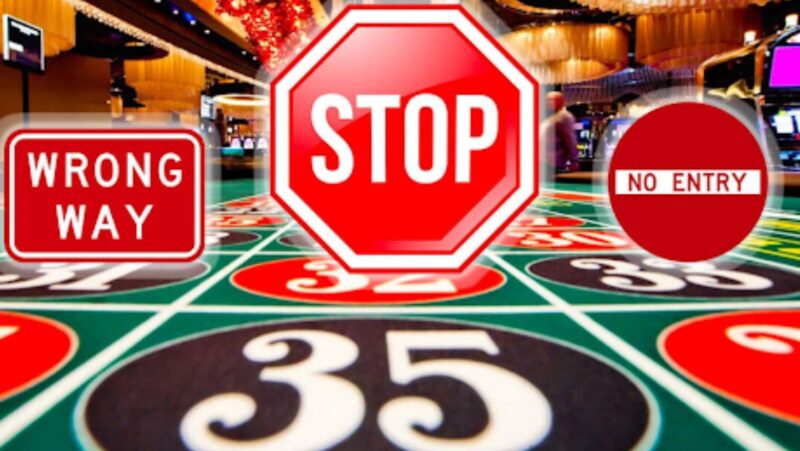
Leveling on CSGORoll isn’t about finding a secret button; it’s about stacking small advantages until progress becomes routine. If you focus on consistency — how often you play, where you spend time, and which features actually move the needle — you’ll rank up faster without burning your balance or your patience. For a clear starting point, bookmark a practical guide like this and pair it with a living reference for builds, codes, and updates such as CSGORoll strategy. That way, when rules, quests, or XP sources shift, your routine shifts with them.
What the leveling system really rewards
CSGORoll tends to reward predictable behavior: frequent logins, mission completion, and steady play on modes that generate reliable XP. If you treat it like a gym habit — short, regular sessions — you’ll move faster than if you swing for the fences once a week. The key levers are:
- Session cadence: several short sessions beat one long one.
- Task alignment: daily/weekly quests and events often grant bonus XP that dwarfs regular play.
- Mode selection: pick at least one low-volatility mode to anchor your routine and add an “XP sprint” mode during event windows.
- Bankroll discipline: preserving balance keeps the streak alive, which matters more than any single result.
A routine that actually works
Here’s a simple, repeatable structure you can adapt:
- Log in and check the daily mission, streak, and any limited-time events.
- Knock out the quickest task first (e.g., a minimum-bet requirement) to lock in guaranteed XP.
- Spend most of the session in a low-variance mode you understand; the point is consistent activity, not hero plays.
- If there’s an event multiplier, schedule a short “sprint” block in a mode that clears quests efficiently.
- Stop on time. Leveling speed is about how many good days you stack, not how spectacular one day looks.
Set a hard session cap — time and number of rounds — and stick to it. Ending on schedule is the habit that protects your balance, your mood, and tomorrow’s XP.
Example week: small steps, steady gain
Imagine this five-day loop:
- Day 1: Claim a small mission, complete it in 10 minutes, then play your anchor mode for another 15. Cash out a slice if you’re up.
- Day 2: Event multiplier pops. Do a 20-minute sprint focused on the event’s preferred mode. Stop at your cap.
- Day 3: Light day — just the daily task plus a few low-risk rounds to keep the streak alive.
- Day 4: Try a secondary mode for variety, but keep bet sizes modest. Add one upgrade attempt only if you’re already ahead.
- Day 5: Withdraw a portion of net gains and end early. Protecting wins matters more than hitting a new PR.
This isn’t flashy, and that’s the point. Leveling is a marathon of small, bankable decisions.
What slows people down (and how to avoid it)
- Chasing losses inside a quest window. If a task goes poorly, finish the minimum, then stop.
- Ignoring time-boxed boosts. Multipliers and limited events are free speed; plan your heavier play when they’re active.
- Letting one mode decide your day. If your anchor mode is cold, switch to quest clearing and end the session on time.
- Recycling 100% of a good session. Withdraw a fixed percentage after wins so progress survives rough patches.
- Playing tired. Decision quality drops fast; short sessions help you quit while you’re still sharp.
Bankroll settings that keep you in the game
Think in ranges, not hunches:
- Base unit: 0.5–1.5% of your session bankroll per round in low-variance modes.
- Session cap: 40–60 base units total activity; end early if you hit a preset profit or loss stop.
- Profit skim: withdraw 20–30% of any day you finish green.
- Cool-off rule: two losing sessions in a row? Next session is mission-only, then stop.
These numbers are simple on purpose. The goal is survival and streaks; levels come along for the ride.

Picking modes with a purpose
You don’t need to play everything. You need a pair that fit your goals:
- Anchor mode: quick resolution, low variance, easy to run while you clear dailies.
- Sprint mode: pairs well with event missions and XP boosts; you use it in short, scheduled bursts.
Before committing, track ten sessions per mode: average time per round, % of tasks completed incidentally, and your tilt risk (how often a cold streak tempts you to oversize). Choose the combo that keeps you calm and on schedule.
Using data without overcomplicating it
A tiny spreadsheet or notes app beats memory. After each session, jot down:
- Minutes played
- Tasks cleared (daily/weekly/event)
- Anchor rounds vs. sprint rounds
- Net result and whether you skimmed a withdrawal
- One sentence on what you’d change next time
Patterns appear quickly: which days you overstay, which modes pair best with certain quests, and where multipliers did most of the work. That’s real CSGORoll strategy — not a fancy trick, just feedback you actually use.
When to push and when to pause
Push when:
- There’s an active XP or event multiplier you can reach within your normal cap.
- You’re fresh, on time, and the plan is written down before you start.
Pause when:
- You’re chasing a miss from earlier in the day.
- The only reason to keep playing is “I’m close to the next level.” Levels are cheaper tomorrow than after a tilt.
The sustainable path to higher levels
Leveling fast isn’t luck; it’s structure. Show up often, clear the easy XP first, anchor your sessions in a mode you understand, and spend your risk budget where multipliers pay you back. Withdraw a share on good days and leave something in the tank for tomorrow. If you need a quick reference as quests and events rotate, keep CSGORoll strategy handy. It’s easier to be consistent when the plan and the current rules live in the same place.
Play short, play steady, and let the streak do the heavy lifting.












